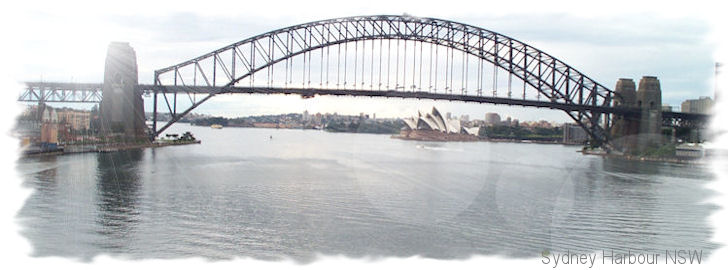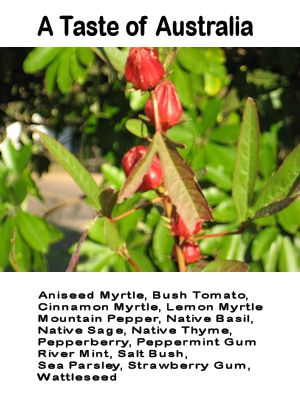


|
|
|
|
|
|
|
|
|
|
|



|
|
||||||||||||||||
 |
|
|
||||||||||||||
|
|
||||||||||||||||
 |
||||
New South Wales, the first colony, is home to a third
of our population. A third of Australia's mining and manufacturing is carried out here. 1000 kilometres of coastline is nestled
between the Great Dividing Range and the Pacific Ocean.
Summers
are generally warm and humid, winters cool and dry. The North
west of the state experiences extreme summer heat and the Alps receive
regular snow falls. The highest peak is Mt Kosciusko at 2228 metres. Sydney is our largest and best known city with a fabulous harbour that is home to the Opera House and its soaring white sails, the great arch of the Harbour Bridge and nearby The Rocks and Botanic Garden. The city is easy to get around and is well catered for as far as public transport goes. In fact a layover at Sydney Airport can easily be filled in with a quick train trip into Circular Quay. HISTORY: In 1787 eleven ships carrying 1487 people (759 convicts) sailed from England to establish a penal colony. They arrived at Sydney Cove on Jan 26 1788 where Captain Arthur Phillip selected an area known today as Circular Quay. In all, 72,326 males and 12083 females were sent "down under", the poor souls forced to establish a lifestyle, build shelter and find food. As they fought for survival so did the locals, some 40,000 aboriginals called New South Wales home at that time. Convict transportation ceased in 1850 but 1851 many immigrants arrived, including thousands of Chinese, to search for gold north of Bathurst.
DON'T
MISS: TOP
EVENTS: |
| Wildlife
Watching Sydney:
Big city life does not appeal to many native
species however Rainbow Lorikeets have made it their business to make
as much racket as possible each evening when they come to roost in the
Norfolk Pines that line the beach. Each evening a
large colony of
flying foxes leave the Ku-ring-gai Flying Fox Reserve to source food
from flowering trees. The Royal National Park south of Sydney
is
home to Sulphur-crested cockatoos, heath wrens, satin bowerbirds,
lyrebirds, top-knot pigeons, diamond pythons, eastern water dragons and
lace monitors. At dawn and dusk it is possible to see
eastern
grey kangaroos in the Blue Mountains National Park to the west of
Sydney. In the adjoining Wollemi National Park the Glow Worm
Tunnel is accessible after a one kilometre walk. North Coast NSW:
Humpback Whales travel north in June and July, returning south in
September and October. Cape Byron near Byron Bay is a good
vantage point, as is Muttonbird Island off Coffs Harbour which is also
home to short tailed shearwaters (muttonbirds) between August and April
- dawn and dusk is the best viewing time.
Brush
Turkeys,
Lyrebirds and Bowerbirds thrive at Dorrigo National Park. Central Coast
NSW: Port Stephens plays host to Bottlenose Dolphins, Muttonbirds, Sea
Eagles, Turtles, and Koalas. South Coast NSW: Off the coast of Narooma Australian Fur Seals sun themselves on the rocks of Montague Island, while fairy penguins return from fishing at dusk. Humpback Whales can also be seen from here. |
| A Tour to
Remember: The Blue Mountains: Glenbrook to Mount Tomah (188km) 2-3 days will allow enough time to view the unexpected.... . that something special that makes your trip unique.
|

Copyright 1996-2013 ADNET |

